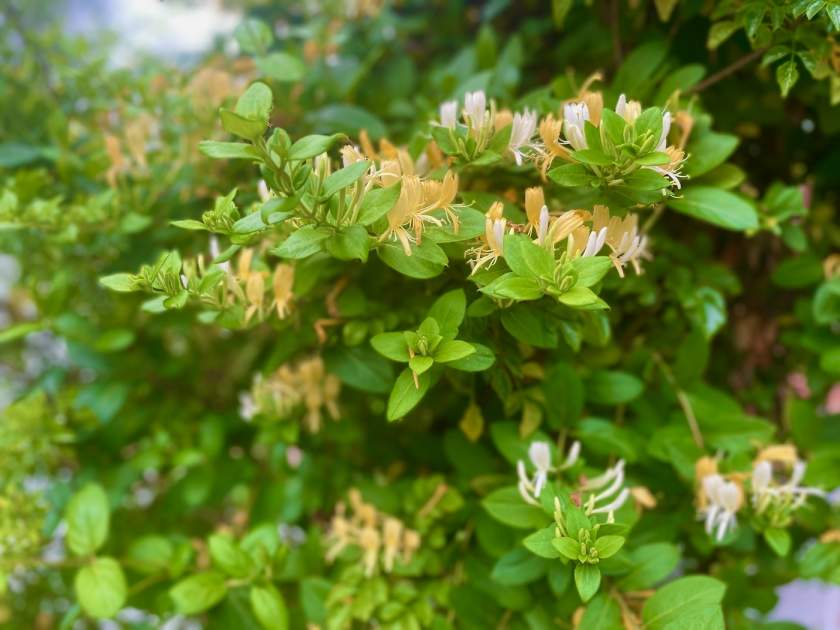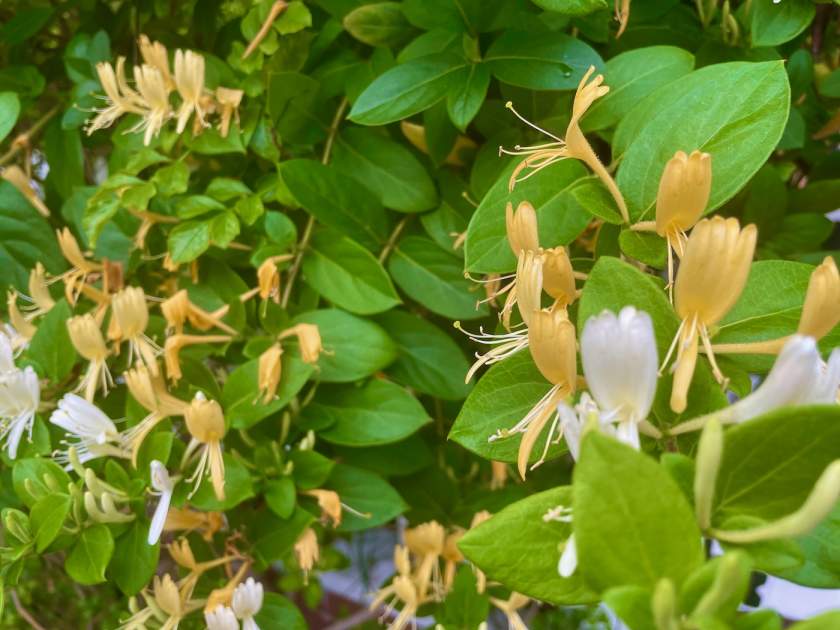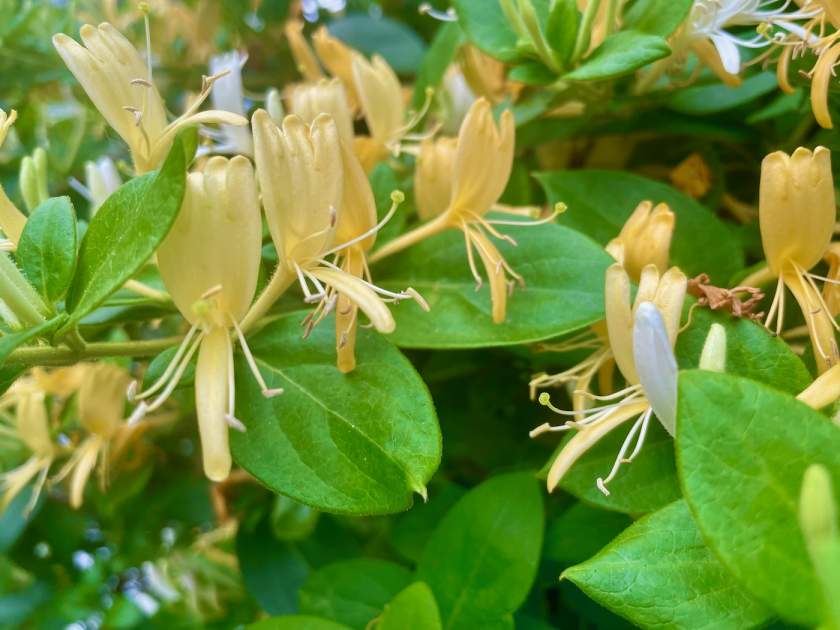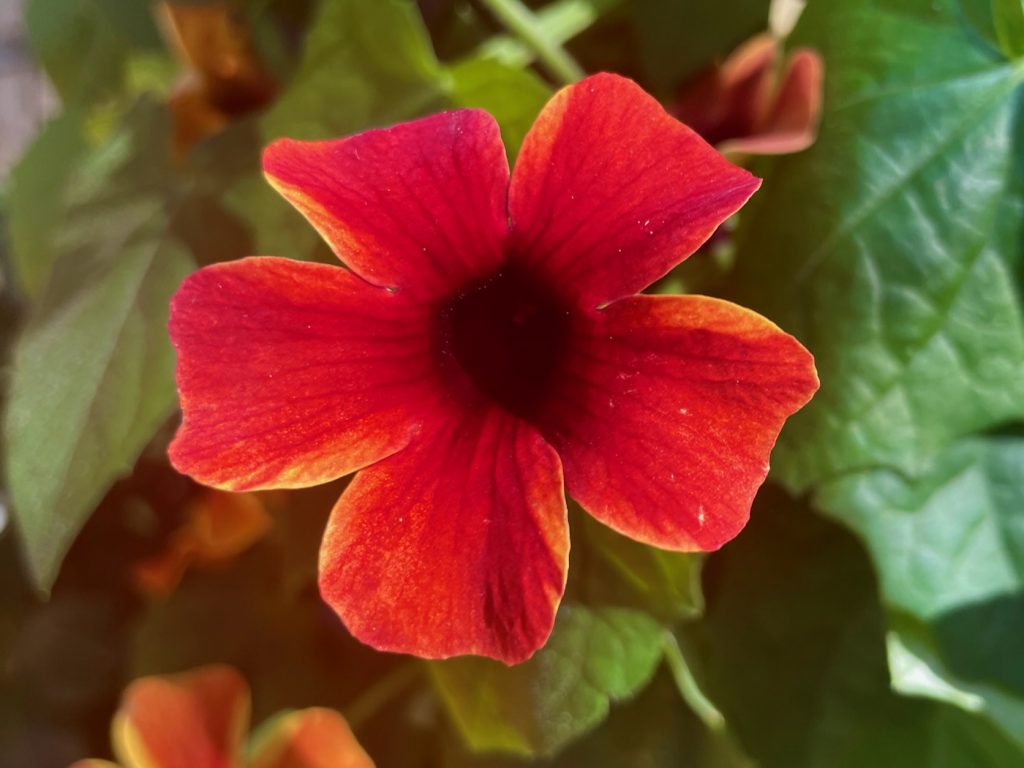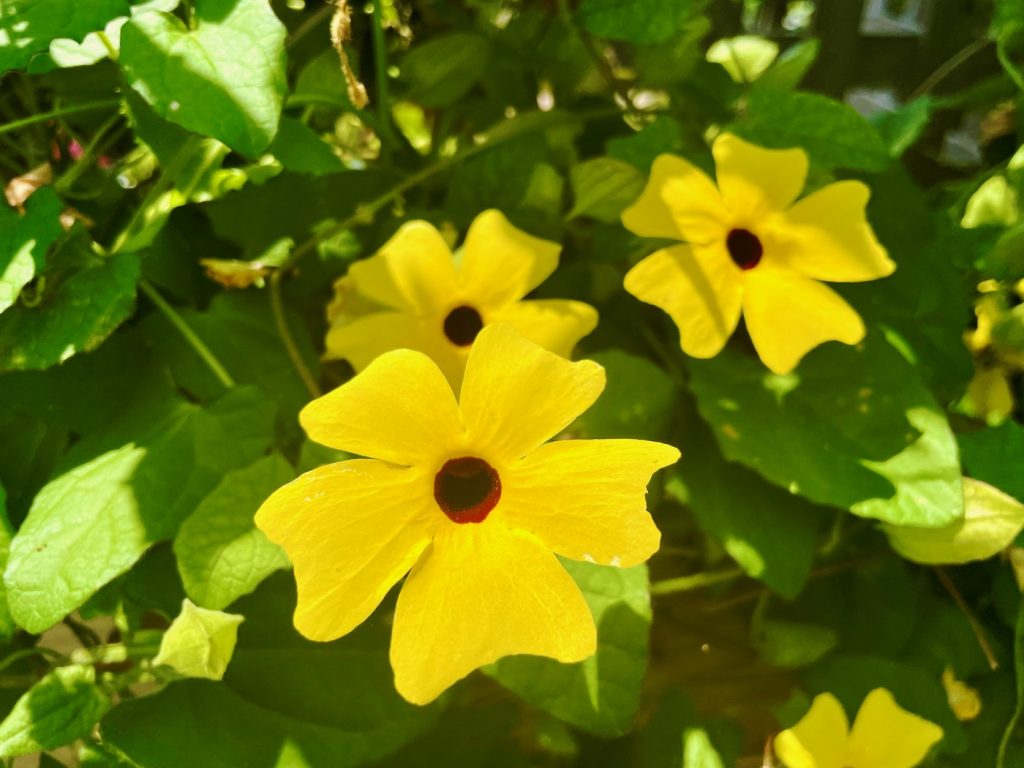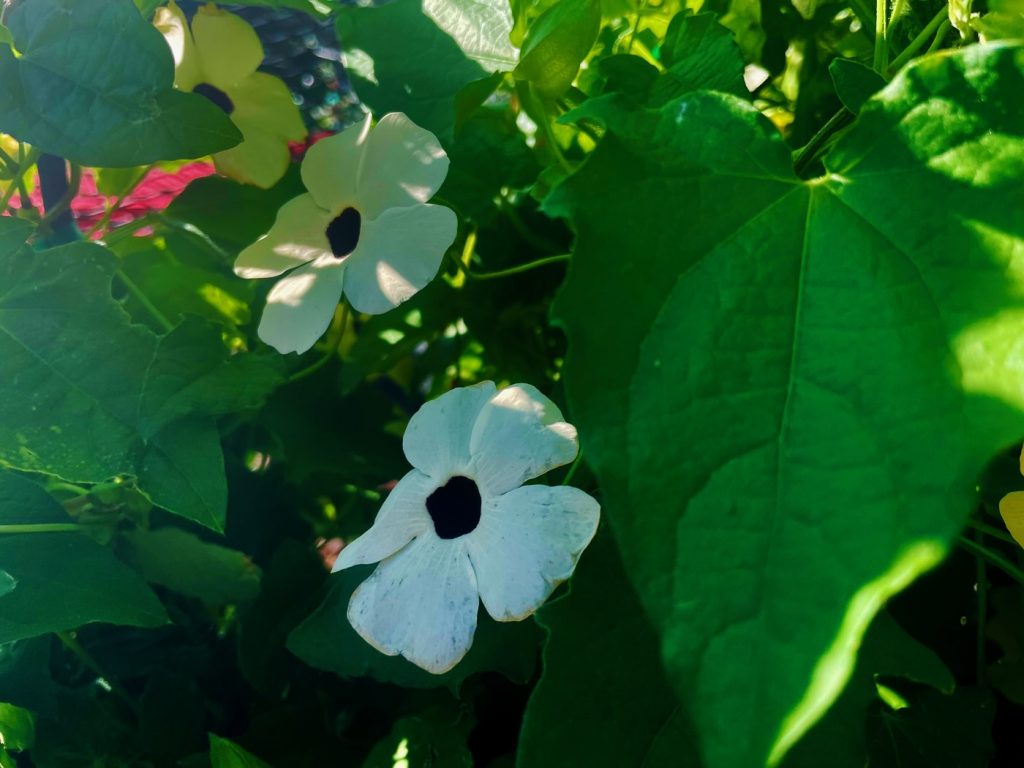Lonicera japonica: The Invasive Beauty
Origin and Family: Lonicera japonica, commonly known as Japanese Honeysuckle or Golden-and-Silver Honeysuckle, belongs to the family Caprifoliaceae. It is a species of Honeysuckle native to eastern Asia and holds cultural significance in traditional Chinese medicine. While cherished for its ornamental value, Lonicera japonica has become an invasive species in various countries, posing ecological challenges.
Characteristics:
Leaves and Flowers: The leaves of Lonicera japonica are opposite, simple, and oval-shaped, measuring 3-8 cm (1.2-3.1 in) in length and 2-3 cm (0.79-1.18 in) in width. When young, the stems exhibit a slight reddish color and may be covered in fuzz. As the stems mature, they turn brown with peeling bark and often have hollow interiors. The flowers are double-tongued, opening as white and gradually fading to yellow. They emit a sweet, vanilla-like fragrance, adding to their allure.
The fruit, produced in the fall, takes the form of black spherical berries measuring 3-4 mm (0.12-0.16 in) in diameter, each containing a few seeds. While the nectar from the flowers is safe for human consumption, all other parts of the plant have the potential to be toxic. Japanese honeysuckle flowers are known for their edible nature and are valued for their sweet-tasting nectar. They also serve as a significant food source for wildlife such as deer, rabbits, hummingbirds, and more.
Herbal Medicine: Lonicera japonica holds a place in traditional Chinese medicine, where it is referred to as rěn dōng téng (忍冬藤) or jīn yín huā (金銀花). These names reflect the presence of flowers of different ages on the same plant, transitioning from white (silver) to yellow (gold). It is believed to possess medicinal properties and is used in the treatment of fever, cold-related headache, cough, thirst, inflammation, sore throat, skin infections, and tumor necrosis.
Cultivating Lonicera japonica:
Sunlight: Lonicera japonica thrives in part shade conditions, although it can tolerate full sun. It adapts to a wide range of light conditions.
Watering: This plant prefers average, dry to moist, well-drained soils. It has some drought tolerance, but regular watering is essential, especially during periods of dryness.
Soil: Lonicera japonica is adaptable to a variety of soil types. It can grow in average soils and tolerates both wet and well-drained conditions. It is versatile in its soil preferences.
Pest and Disease Management: Lonicera japonica is generally pest and disease-free. However, it can occasionally face issues with aphids, thrips, and powdery mildew. Regular monitoring and appropriate treatments, such as insecticidal soaps or neem oil, can help manage these problems.
Propagation:
There are several methods for propagating Lonicera japonica:
- Layering: Encourage root growth by bending a lower stem to the ground, securing it with a stake or weight, and burying a portion of it. Once roots form, the stem can be separated and planted as a new plant.
- Hardwood Cuttings: Take 6-8 inch long cuttings from mature stems during late winter or early spring. Remove the lower leaves and dip the cut ends in a rooting hormone before planting them in a well-draining medium.
- Semi-Hardwood Cuttings: Similar to hardwood cuttings, but taken from partially mature stems that are neither too soft nor too woody.
By following these cultivation guidelines, you can enjoy the beauty of Lonicera japonica while being mindful of its potentially invasive nature. Its vibrant blooms and adaptability make it a desirable addition to gardens, provided proper care and control measures are in place.
